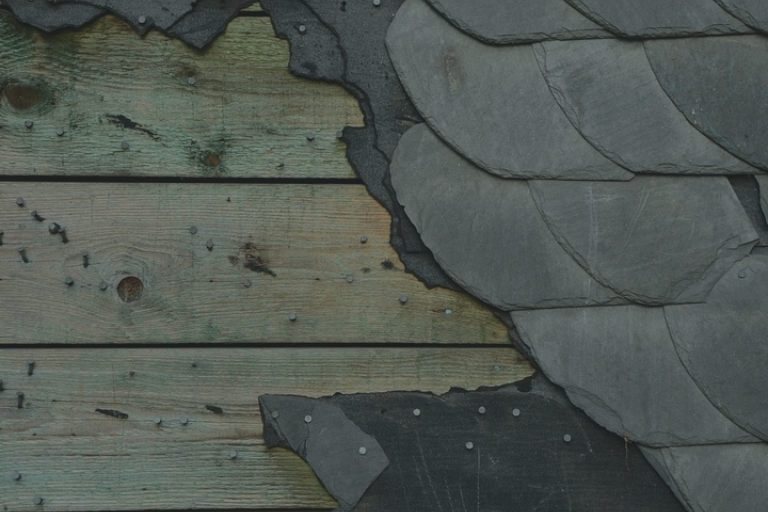
How to get into Flipping Houses – Common Flip Mistakes & How to Avoid Them
Real estate investors get into the competitive world of house flipping to make money, I think we are all in agreement with that. But things don’t always go as planned. Mistakes will happen, and they will cost you money.
There are countless books and resources about all things real estate investing that will help you keep your mistakes to a minimum. Check out our recent blog: Audiobooks for real estate investors for some audiobooks about flipping houses that you can listen to while flipping houses. But for now, we’ll stick with a top 10 list of the most common flip mistakes and how to avoid them.
1. Don’t Overpay for the house in the first place.
Seems simple, but this is the most common mistake we see. I know you are eager to get a project going, but if the margins are too thin, you are setting yourself up for disaster from the beginning.
Solution: run your own comps or at least have someone who knows what they are doing do it for you. Oh, and that shouldn’t be the guy selling you the house.
2. Know how to make a budget with a house flipping checklist.
It’s pretty easy to estimate things like flooring, countertops, paint, etc. It’s usually the punch list finishing items that hit you hard down the home stretch.
Solution: Find a good checklist so you don’t forget anything. You should be factoring in EVERY expense down to the toilet seats and door knobs.
3. Calculate your carrying costs.
It’s expensive to carry a house for several months while you rehab and get it on the market. Do you know how much your hard money, taxes, insurance, utilities, HOA fees, etc are costing you? You should.
Solution: Spreadsheets man, lots of spreadsheets.
4. Get good contractors.
Every flip listing that we have ever sold that lost money had something to do with getting screwed by a contractor.
Solution: Get multiple bids on everything. Don’t pay big amounts up front. Give them enough to cover materials and pay the bulk on completion. Get a contract that has deliverables. Don’t be afraid to fire someone and replace them. If they don’t do a good job, make them fix it. When you are holding back the money, they will come back and make it right.
5. Look closely at the major stuff.
The budget busters are almost always the big ticket items like a new HVAC, electrical panel or roof. Foundations are never fun to repair, especially after you have already done the remodel.
Solution: Look at everything when making your initial bid and be sure to factor in the big ticket items into your budget. A structural engineer’s report as well as a static pressure test or camera scope in the plumbing system will cost you a little bit of money, but their report is worth it’s weight in gold for negotiating leverage on the front end and peace of mind for the buyer on the back end.
6. Have your team in place before you start.
We see way too many investors unprepared and disorganized from the start. The top investors are meticulous about their preparation and put systems in place on every deal
Solution: You should have your exit strategy already in place before you do anything. Surround yourself with a great team so your bases are covered on the rehab, the sale and the title side from the very beginning.
7. Location. Location. Location.
If the house has geographical problems, you have geographical problems. If it backs to a busy road, sits next to commercial space or is near train tracks, there will be buyers who won’t buy it.
Solution: If the location is less than prime, you have to buy low so you can sell low. Don’t use comps that aren’t facing the same challenges, unless you are adjusting the value accordingly.
8. Your flip doesn’t gel with the neighborhood.
Far too often we see a flip that hits the market way over the price point of other homes in the neighborhood. Buyers get gun shy when buying the most expensive house on the block.
Solution: Your rehab should be in line with finishes in the neighborhood. Not every house should get a grand scale remodel, especially if that is not common for the area. The buyers won’t see the value there and neither will an appraiser.
9. Choosing the wrong buyer.
This is a biggie because your listing is the most powerful right when it hits the market. And if the deal falls apart and comes back on the market, the “scarlet letter” can be attached to the listing. Everyone will think you must have failed the inspection and the buyer didn’t want to buy a bandaid flip with a lot of problems. The reality may have been very different, but in the real estate business, perception is reality.
Solution: Make sure they are actually qualified. It is well within your rights to call the lender and talk with them to make sure the buyer is well qualified. Also, if you are in a multiple offer situation, the highest offer isn’t always the best. A lot of investors we work with will go for the buyer who on paper seems the most qualified and the most likely to get to the closing table, even if they are not paying the most.
10. Bad pricing strategy.
Far too often we see a flip toil away on the market, racking up days because they are overpriced. You will just wind up getting killed with carrying costs and are way more likely to get low ball offers to try to bring you down to reality.
Solution: Price your house to move and it will. If you have a price that can be justified by a buyer, their agent and an appraiser, you have way more leverage in negotiating and drastically increase your chances of cashing out. And you free your cash back up to buy another property and you know……make more money!
Related Posts
4 Strategies for Selling Your Home Without a Realtor
Texas is a great place for real estate investors and homeowners looking to sell. For one, you’re not required to have a real estate attorney present during a transaction. In fact, homeowners can sell their…
Is The House-Flipping Boom Over for Investors?
Over the past decade, house flipping has drawn in both seasoned real estate investors and ambitious newcomers, lured by the promise of turning fixer-uppers into fast profits. And why not? The idea of buying low,…
Is Now the Right Time to Sell Your Home in Texas? An In-Depth Analysis
Thinking about selling your home in Texas? You’re not alone. The Lone Star State’s housing market is shifting, and many homeowners are wondering whether now is the right time to make a move. The latest…




